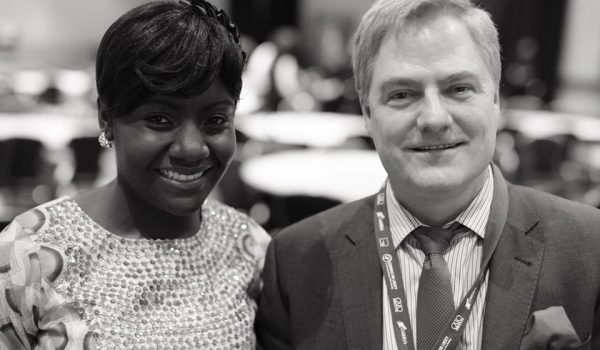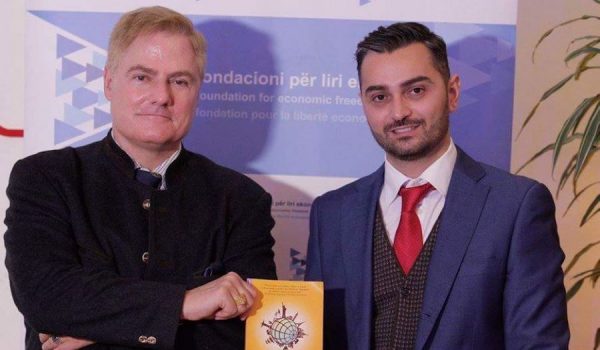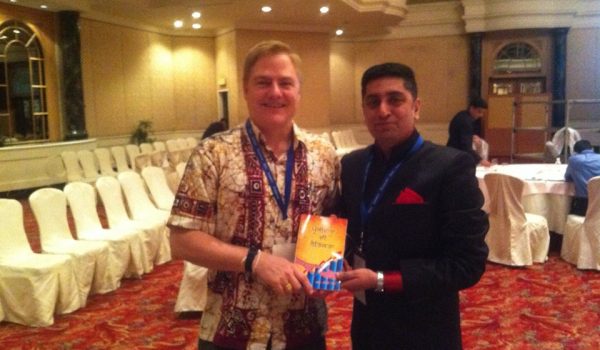
With all the horrors in the world, the assassinations, the wars, the murders, the oppression, and the resulting poverty and suffering, it’s hard to focus on the merely personal. But I took notice when I saw that the New York Times had an important article about the bane of so many of us: agonizing back pain, “Study Questions Need to Operate on Disk Injuries.” If you suffer from back pain like I have, you’ll pay attention. And if you think that some day you might, you’ll also pay attention. (And believe me, you might…)
When it hit me I thought that I would rather be dead. I had suffered lots of unpleasant tingling from the waist down for some months, much like when an arm or a leg “goes to sleep.” Then when I was doing some pullups I felt a jab like someone had stabbed me in the spine with an ice pick….that was hooked up to the battery of a Mack Truck. The pain got worse and worse (and worse) until I could barely drag myself to the front door in less than 15 minutes. I had no idea anything could hurt that much without involving walls splattered with blood and bone chips. I lost control of my left leg, which atrophied due to the nerve damage, and the phantom pains were, unfortunately, describable: it felt alternately like my leg was being boiled, smashed with sledge hammers, and eaten by millions of ants. I knew that that wasn’t in fact happening, but it still wasn’t nice. After a quick trip to an MRI clinic (thank God for for-profit medicine, as I was able to arrange one in an hour, not months and months) I certainly considered surgery, but the head of spinal treatments at Georgetown University cautioned me against it. As he said, it has risks and his experience over two decades had shown that most people who follow a regimen of treatment recover without surgery. So, I visited a few pain clinics for specialized treatment and then rehabilitation therapy, followed by intensive (and still maintained) physical stretching and exercise. It worked and my pain is generally under control. (The experience led me to write a short essay on “For-Profit Medicine and the Compassion Motive.”)
If you want to avoid back pain, get and read Bob Anderson’s simple and straightforward book, Stretching. It’ll help you to avoid the agony I underwent. (That’s the first hint. The seond is that you shouldn’t walk around with forty or fifty pounds of books hanging from one shoulder, as it bends the spine in an unhealthy way and causes a disk to push out on the other side). If you do experience a back injury or back pain, it’ll help you to recover.

Oh, and if you have some extra scratch to invest in pain avoidance, try the Freedom Chair, on one of which I’m sitting right now:











Ouch. Thanks for the tips.
I do hope that your back pain is alleviated. I think I’m going to invest in a copy of the book.
My symptoms were similar to yours, Tom. The tingling from the waist down after standing for a short time, and then loss of control of my legs. Tried physical therapy and am using (lots of) meds for the constant pain as well as pain management. Unfortunately the advanced artheriosclerosis at the base of my spine was such that there is little that I can do to resolve the cause of the pain.
I always hope that the current treatment will cause an improvement, but its a long road up and out of the wheelchair.
Best to you,
Just Ken
Ken,
I hope that it helps. I found that another way to mask the pain is exercise itself, which generates lots of great brain chemicals that can cover the pain. And forcing myself to move helped. (The physical therapy was not, I have to say, a pleasant experience; they force you to move in ways that hurt terribly, but which, when done over and over, hurt less and less.)
I also got into the habit, which one sees frequently enough, of making my left leg move in an arc forward (that is, swinging out to the left and then forward), rather than straight ahead. I told myself that I didn’t want to be crippled, so I made myself consciously walk in a normal fashion. So far, it’s worked. My doc also told me how important it was to keep my weight under control, which offered me yet another incentive to hit the gym regularly (usually 6 days a week). And when I’m on the road, I do my stretching and my abs and back exercises on the floors of hotel rooms or wherever I’m bunking. The therapists told me that I could create the muscular equivalent of a back brace to hold my spine upright; rather than relying on a metal brace, it’s better to develop strong abdominal muscles and peri-spinal muscles on the back to hold one upright.
Good luck with the therapy. I do strongly recommend Anderson’s book. It’s helped me.
Back injuries & their avoidance: one of my hot buttons. I had chronic back pain for 4 years, until one day a friend loaned me a copy of Bikram Choudry’s original yoga book. I did the routine daily and after two weeks had entirely eliminated the pain and weakness. I’ve since tried numerous other exercise regimes for the back, all with great success so long as they are rigorous and 1) stretch the back, and 2) strengthen it.
For the last year I have been doing heavy deadlifts and Russian kettlebell work (a la Pavel Tsatsouline) plus stretching, with great results. But it really doesn’t seem to matter what sort of routine I follow, so long as I follow one. The real real key is doing hard work to strengthen the back muscles, plus lots of stretching. The routines I’ve been given by MDs are far too wimpy to accomplish anything.
Dr. Palmer (and friends),
I haven’t visited your blog for quite some time and was catching up when I came across this blog about back pain and felt compelled to answer (albeit probably too late for anyone to read).
In any case, I am a Chiropractic Physician relocating to North Carolina (this is why I needed to catch-up on your blog!). As a Professor of Clinical Sciences at the University of Bridgeport College of Chiropractic, I have lectured for years on the topic of exercise, chiropractic and back pain. There are some exciting developments over the last decade regarding the assessment and treatment of spinal dysfunction and pain. I’m very glad to hear you mention how much stretching has helped you as well as how exercises have kept your spine in check. Recently, it is these protocols that have been advanced to be more specific and have truly made progress in keeping the pain away (fixing the problem, not just masking it). I’m also glad you mention that article regarding the limited use of surgery for back pain. It seems to me that you had a well-trained physician handling your case (I would hate to have my favorite CATO scholar be disabled from back pain and not be able to help him!).
If you or any of our fellow bloggers ever need information let me know, I’d be more than happy to help. Although I aspire to be as well read as Dr. Palmer in the history if liberty (even though he’s forgotten more than I’ll ever know), I think I’ve got him beat when it comes to back pain.
I love it when things in life come together, sort of like a nexus…and I thought the Health Savings Account was the nexus between libertarianism and back pain, who’d of thought?
Be well and thanks for all your great work. You’ve inspired me to learn about history and it would truly be my pleasure to reciprocate and help you with what I know. And mind your ergonomics when doing all that traveling!
Sincerely,
Steve Palazzo, DC
(the libertarian Chiropractor)